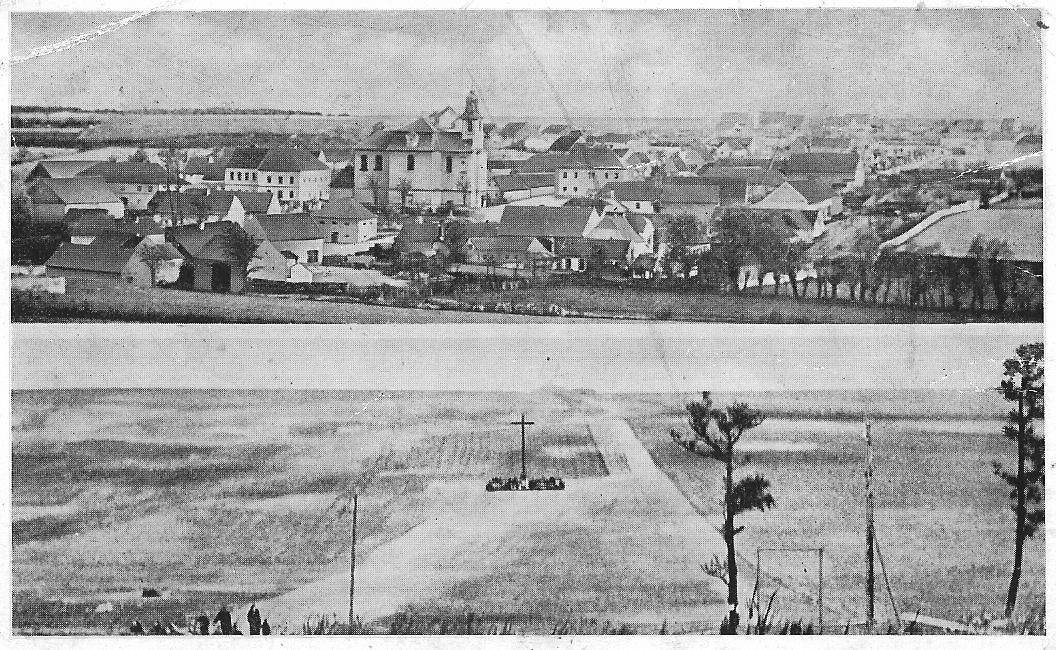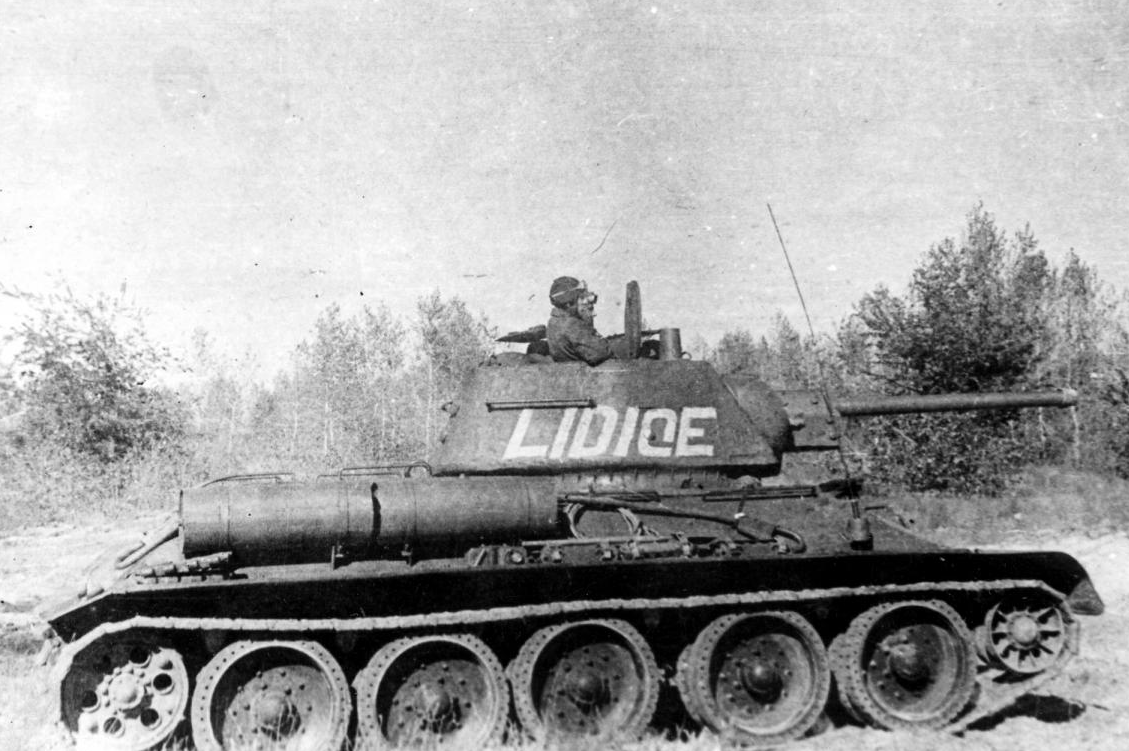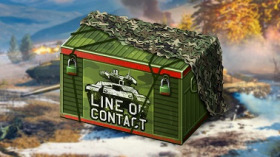
- For PC
- For MAC
- For Linux
- OS: Windows 10 (64 bit)
- Processor: Dual-Core 2.2 GHz
- Memory: 4GB
- Video Card: DirectX 11 level video card: AMD Radeon 77XX / NVIDIA GeForce GTX 660. The minimum supported resolution for the game is 720p.
- Network: Broadband Internet connection
- Hard Drive: 23.1 GB (Minimal client)
- OS: Windows 10/11 (64 bit)
- Processor: Intel Core i5 or Ryzen 5 3600 and better
- Memory: 16 GB and more
- Video Card: DirectX 11 level video card or higher and drivers: Nvidia GeForce 1060 and higher, Radeon RX 570 and higher
- Network: Broadband Internet connection
- Hard Drive: 75.9 GB (Full client)
- OS: Mac OS Big Sur 11.0 or newer
- Processor: Core i5, minimum 2.2GHz (Intel Xeon is not supported)
- Memory: 6 GB
- Video Card: Intel Iris Pro 5200 (Mac), or analog from AMD/Nvidia for Mac. Minimum supported resolution for the game is 720p with Metal support.
- Network: Broadband Internet connection
- Hard Drive: 22.1 GB (Minimal client)
- OS: Mac OS Big Sur 11.0 or newer
- Processor: Core i7 (Intel Xeon is not supported)
- Memory: 8 GB
- Video Card: Radeon Vega II or higher with Metal support.
- Network: Broadband Internet connection
- Hard Drive: 62.2 GB (Full client)
- OS: Most modern 64bit Linux distributions
- Processor: Dual-Core 2.4 GHz
- Memory: 4 GB
- Video Card: NVIDIA 660 with latest proprietary drivers (not older than 6 months) / similar AMD with latest proprietary drivers (not older than 6 months; the minimum supported resolution for the game is 720p) with Vulkan support.
- Network: Broadband Internet connection
- Hard Drive: 22.1 GB (Minimal client)
- OS: Ubuntu 20.04 64bit
- Processor: Intel Core i7
- Memory: 16 GB
- Video Card: NVIDIA 1060 with latest proprietary drivers (not older than 6 months) / similar AMD (Radeon RX 570) with latest proprietary drivers (not older than 6 months) with Vulkan support.
- Network: Broadband Internet connection
- Hard Drive: 62.2 GB (Full client)
We continue our article series “Weapons of Victory”, dedicated to the 70th anniversary of the Victory in Europe Day. This time, unique decal will be added to the game and we would like to brief you about it!
In 1940, after the proclamation of the Protectorate of Bohemia and Moravia, the Czechoslovakian exile government in London was trying to persuade Britain and France to revoke the Munich Agreement and to guarantee post-war restoration of an independent Czechoslovakia. However, British officials were not satisfied with the efforts of the Czech resistance against the German Protectorate, and required proof that the Czech were really willing to fight against the Third Reich.
 |
| T-34 with "Lidice" inscription |
In 1941, Adolf Hitler appointed a new 'Reichsprotektor' – the factual ruler of the Protectorate. His choice was SS-Obergruppenführer Reinhard Heydrich, a high ranking Nazi official and one of the main architects of the Holocaust. Immediately after taking office, Heydrich issued martial law and through summary executions and mass arrests, he swiftly paralyzed any efforts of the Czech resistance. Afterwards, he pursued a doctrine of “whip and sugar”, in which he offered workers social advantages, while arresting, torturing or even executing anyone accused of being disloyal to the Nazi government. The Czech exile government reacted by authorizing an assassination attempt on Heydrich: Operation 'Anthropoid' was to be undertaken by two soldiers – Jozef Gabčík and Jan Kubiš. On 28th December 1941, these two were dropped over the Protectorate along with seven other Czech exile soldiers to execute the mission.
On May 27th, 1942, Heydrich was en route from his residence in Prague-Libeň to his office at Prague Castle. When his open-topped Mercedes approached a tight hairpin bend near Bulovka Hospital, Gabčík leapt in front of the car and took aim on Heydrich with his Sten submachine gun, only to find the weapon jammed. Heydrich drew his pistol to confront the attackers, but at that moment, Kubiš threw a grenade at the car. Both assailants then fled the scene. The Reichsprotektor, wounded by fragments, subsequently succumbed to his injuries on the 4th of June. In retaliation, martial law was again declared and a Gestapo investigation pinpointed two Czech villages, Lidice a Ležáky, as hiding places used by the paratroopers. On 9th of June, all adult men in Lidice were shot, while women and children were deported to concentration camps. On 24th of June, an even worse fate met the people of Ležáky, as all adult villagers were executed with children deported to concentration camps. Both villages were then razed to the ground.
Heydrich’s assailants took refuge with five other paratroopers in Saints Cyril and Methodeus Cathedral in Prague, but were betrayed by one of their own. All of them then died after a two hour firefight with 750 SS troops besieging the cathedral – three paratroopers were killed in action, while the rest committed suicide.
 |
| Lidice before and after destruction |
While the cost was incredibly high, the assassination of Heydrich fulfilled its goal. Great Britain and France subsequently dissolved the Munich Agreement and declared that after the war, Czechoslovakia was to be fully restored.
The destruction of Lidice, followed by the destruction of Ležáky 14 days later, caused a huge uproar across the globe. These two Czech villages were previously absolutely unknown, but suddenly, millions of people across the world knew their names. British workers founded a 'Lidice shall live' fundraiser to collect money for the rebuilding of the village. Stern Park in the US state of Illonois changed its name to Lidice just two days after the tragedy, while the Mexican village San-Jeronimo-Aculco did the same on August 1942. Even children (especially girls) were named Lidice.
The strongest response, naturally, originated from Czechoslovakian soldiers fighting in foreign armies, and from the Czechoslovakian exile goverment in London. Edvard Beneš, the Czechoslovakian president in exile, symbolically decorated Lidice with the Czechoslovakian War Cross, while soldiers and aviators found their own way to honor the dead. Czechoslovakian bomber crews in RAF service painted 'For Lidice' and 'For Ležáky' on their bombs, while soldiers in Soviet service collected money to paint 'Lidice' and 'Ležáky' as inscriptions on their tanks. One of these tanks, a T-34 model 1943 medium tank with 'Lidice' inscription, was extensively used in combat, where it was knocked out multiple times, but each time was repaired and returned to service soon thereafter. Today, it is on display in the Military Technical Museum in Lešany.
In memory of those who suffered during WW2, we will add the "Lidice" inscription:
Don't forget to check previous "Weapons of Victory" articles:
The War Thunder Team





